What is the tolerance range of precision screws?
What is the tolerance range of precision screws?
Service Hotline
+86760-8787 8587We have more than ten years of production experience in the screw industry, the main products are: DIN internal tooth lock washer, quadrocopter, round aluminum column FPV frame long nut, reverse thread flat head screw, hexagonal flange nut with pad, thickened and thickened Dahuasi meson, self-locking non-slip nut, four-corner spot welding nut, DIN25201, ship-shaped industrial aluminum profile accessories, hollow plastic column, straight-through spacer column, cap nut with reverse thread cap, slotted round nut, seven-star torx screw, etc. Fasteners, due to the different materials and specifications of the products, the prices are also different, if you need it, please contact us.


The force condition of the screw is broadcasted: 1) Self-weight G; 2) Torque M required to overcome material resistance; 3) Axial force P generated by material pressure. Screw screw screw is generally scrapped due to long-term wear, the gap between the screw and the barrel is too large and cannot be extruded normally, but there are also examples of damage due to improper design or improper operation. Therefore, the screw should also meet certain strength requirements. 4) The dangerous section of the screw is generally at the smallest thread root diameter in the feeding section. According to material mechanics, for plastic materials, the composite stress is calculated by the third strength theory, and its strength conditions are:
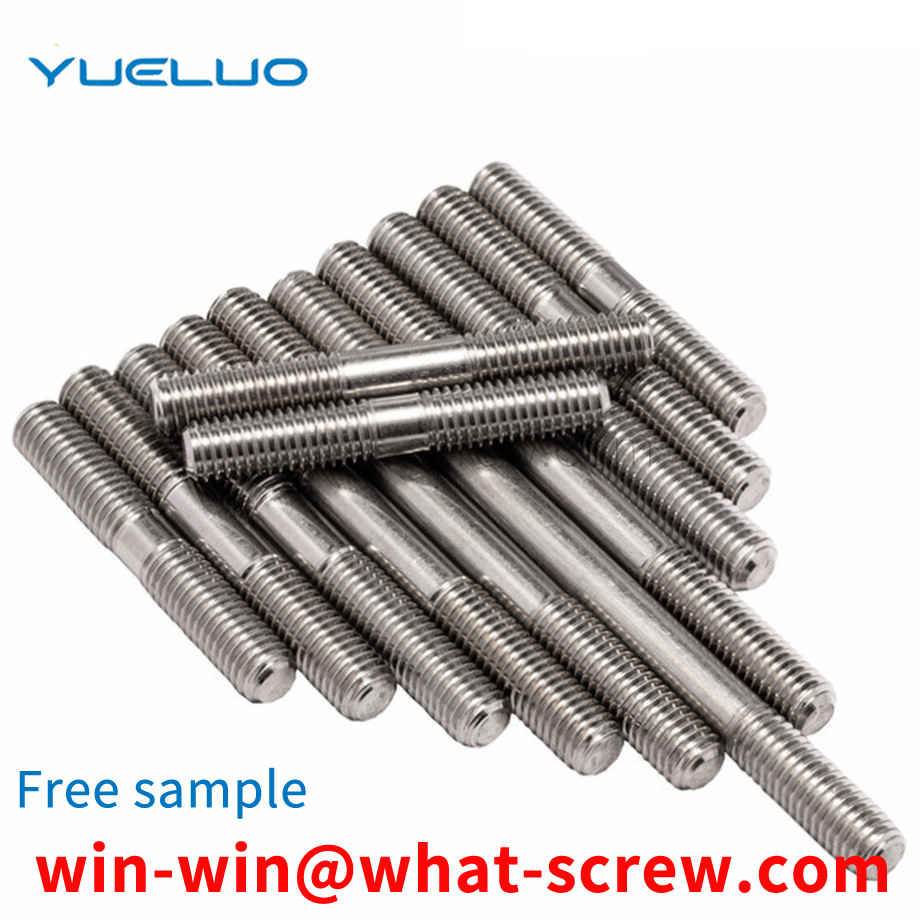
According to the design of the screw washer 110 , when the metal piece 120 and the metal piece 130 are disassembled, after the screw 100 is loosened, the screw washer 110 is often easily dropped or lost, causing trouble for maintenance. Especially when replacing parts at the user end, if the screw washer is loose, it cannot ensure that the user can install it correctly; if the screw washer is lost, it is necessary to purchase new parts, causing a lot of inconvenience.
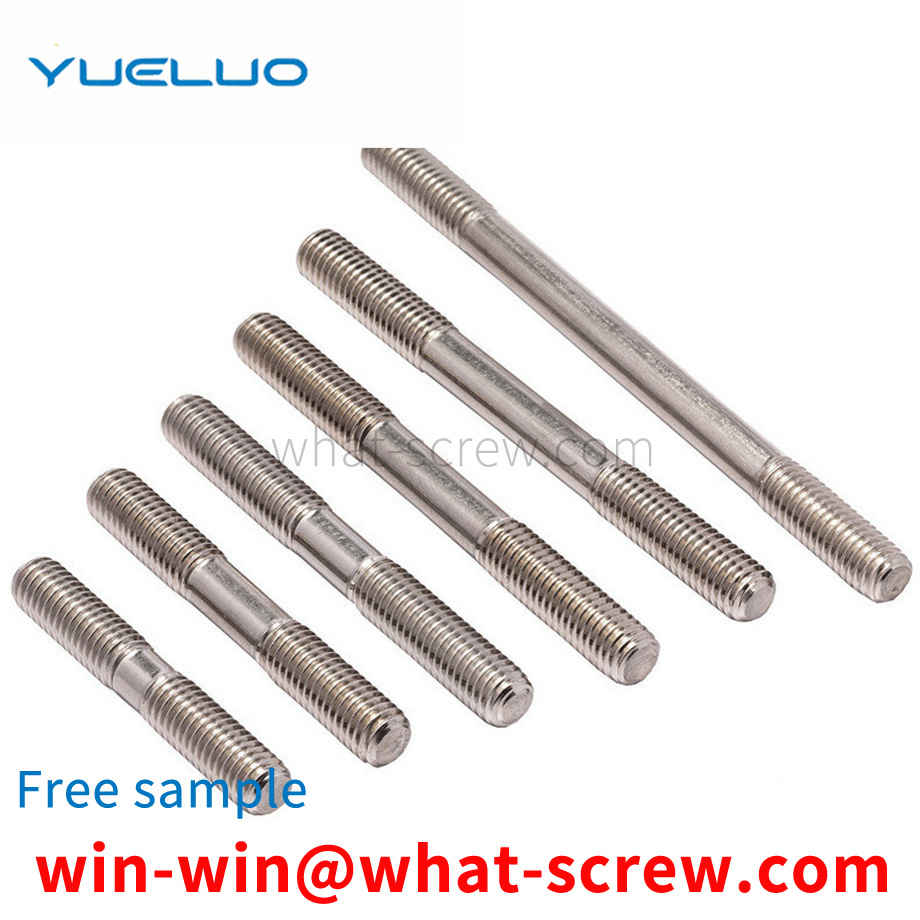
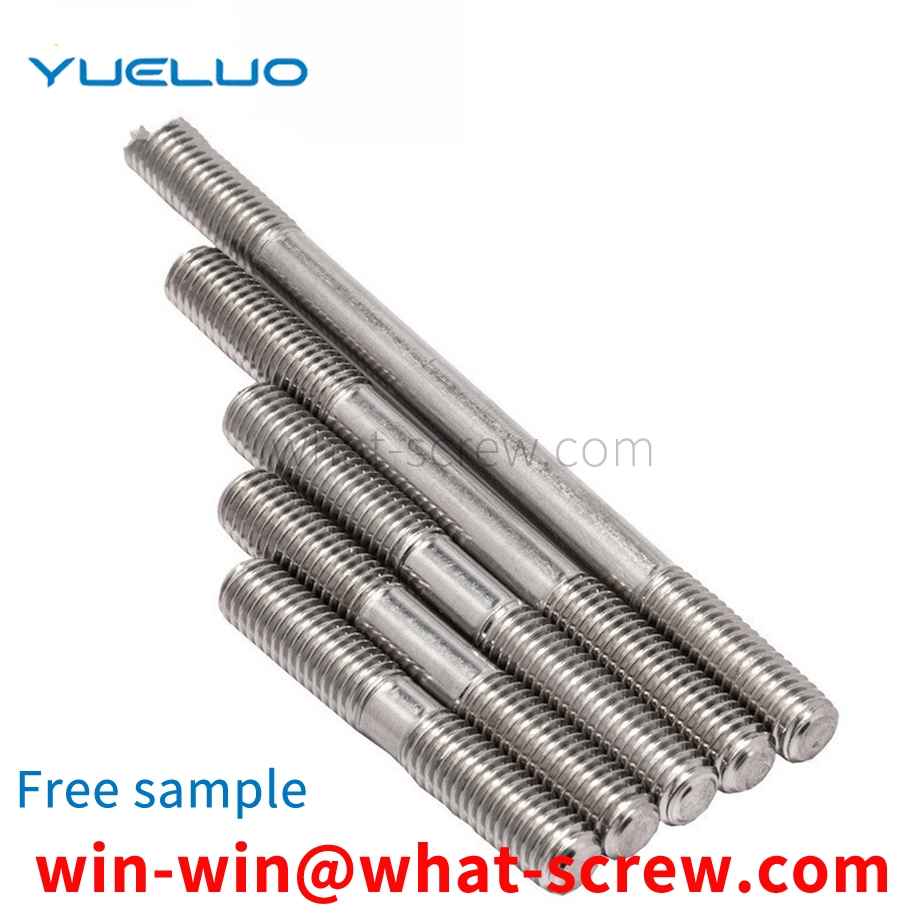
Stud bolts generally need to be surface treated. There are many types of bolt surface treatments. Generally, electroplating, blackening, oxidation, phosphating, and electroless zinc flake coating are commonly used. However, electroplated fasteners account for a large proportion of the actual use of fasteners. Especially in automobiles, tractors, home appliances, instrumentation, aerospace, communications and other industries and fields are more widely used. However, for threaded fasteners, not only a certain anti-corrosion capability is required in use, but also the interchangeability of threads must be ensured, which can also be called screwability here. In order to meet the dual-use performance of anti-corrosion and interchangeability required by threaded fasteners in use, it is very necessary to formulate special plating standards. [1] The GB/T5267.1-2002 [Threaded Fastener Electroplating Coating] standard is one of the national standards Fastener Surface Treatment series of standards, which include: GB/T5267.1-2002 [Fastener Electroplating Layer]; GB/T5267.2-2002 [Fastener electroless zinc flake coating] two standards. This standard is equivalent to the international standard ISO4042; 1999 [Threaded fastener electroplating layer]. This standard replaces the GB/T5267-1985 [Threaded Fastener Electroplating Coating] standard.
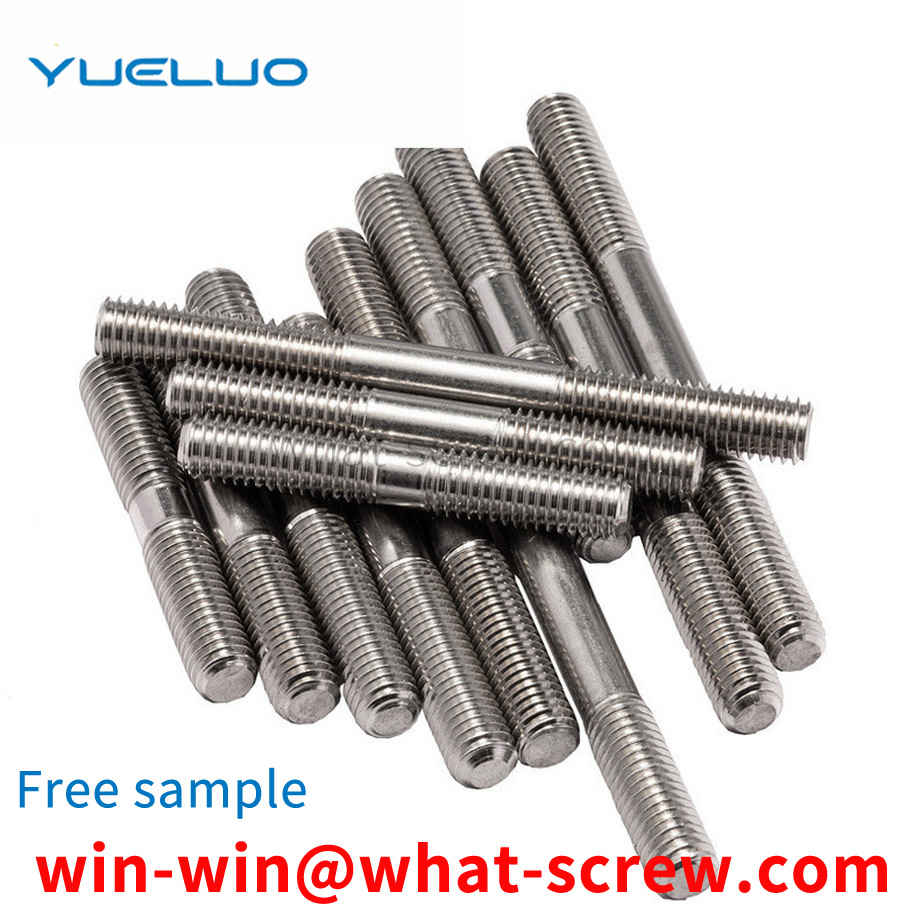
Several concepts about high-strength bolts 1. According to the specified performance level of bolts above 8.8, they are called high-strength bolts. The current national standard only lists M39. For large-size specifications, especially those with a length greater than 10 to 15 times High-strength bolts, domestic production is still short-term. The difference between high-strength bolts and ordinary bolts: High-strength bolts can withstand larger loads than ordinary bolts of the same specification. High-strength outer hexagon bolts High-strength outer hexagon bolts are made of Q235 (ie A3). The material of high-strength bolts is 35# steel or other high-quality materials, which are heat-treated after being made to improve the strength. The difference between the two is the difference in material strength. From raw materials: High-strength bolts are made of high-strength materials. The screws, nuts and washers of high-strength bolts are all made of high-strength steel, such as No. 45 steel, 40 boron steel, 20 manganese titanium boron steel, 35CrMoA, etc. Ordinary bolts are usually made of Q235 (equivalent to A3 in the past) steel. In terms of strength grades: high-strength bolts are increasingly used. Two strength grades are commonly used, 8.8s and 10.9s, of which 10.9 is the majority. The strength level of ordinary bolts is lower, generally 4.4, 4.8, 5.6 and 8.8. High-strength bolts High-strength bolts are viewed from the force characteristics: high-strength bolts apply pretension and transmit external forces by friction. Ordinary bolt connection relies on the shear resistance of the bolt and the bearing of the hole wall to transmit the shear force. When the nut is tightened, the pre-pressure is very small, and its influence can be ignored. In addition to its high material strength, high-strength bolts also exert a large amount of pressure on the bolts. The pre-pressure generates extrusion force between the connecting components, so that there is a large friction force perpendicular to the direction of the screw, and the pre-pressure, anti-slip coefficient and steel type directly affect the bearing capacity of high-strength bolts. According to the force characteristics, it is divided into pressure type and friction type. The calculation methods of the two are different. The minimum specification of high-strength bolts is M12, and M16~M30 are commonly used. The performance of super-large bolts is unstable and should be used with caution in design.
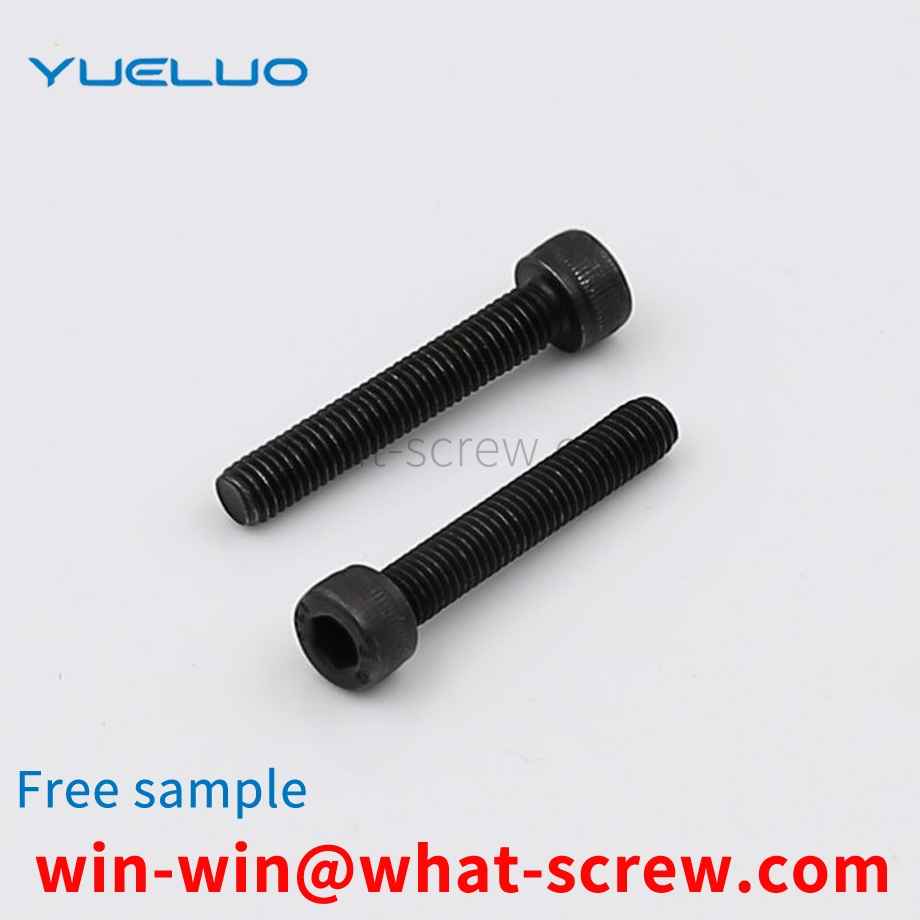
The above content is uploaded by Yueluo or the Internet. If there is any copyright issue, please contact [email protected].

What is the tolerance range of precision screws?

How to choose the right stainless steel screw manufacturer?

Why is there an R angle under the head of the hexagon head s...

We have more than ten years of production experience in the ...

We have more than ten years of experience in the production ...

We have more than ten years of experience in the production ...

We have more than ten years of experience in screw industry ...